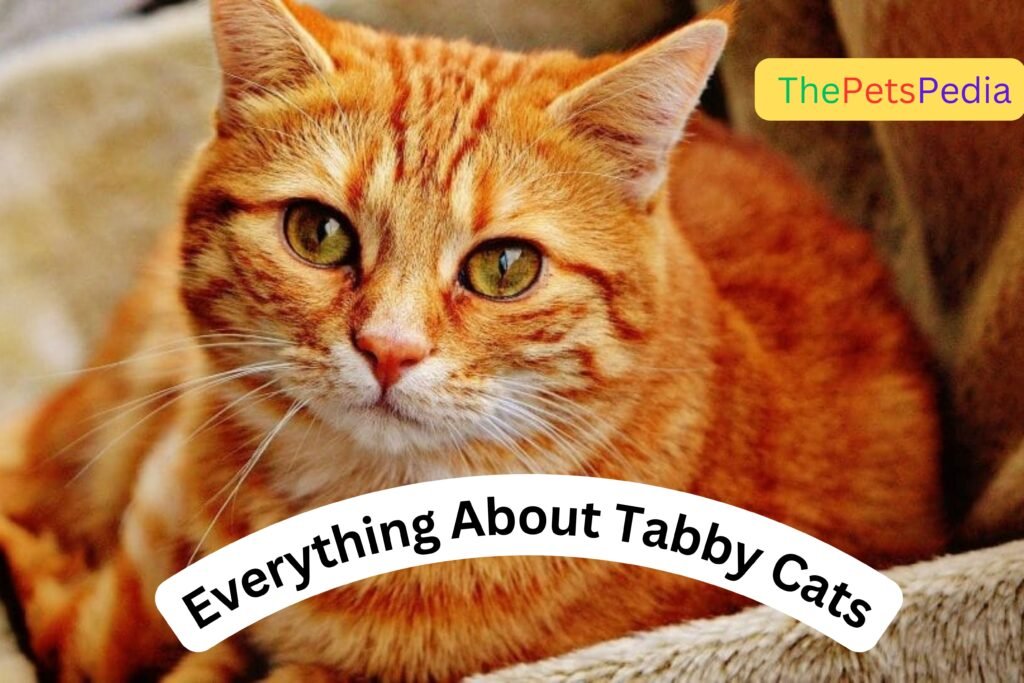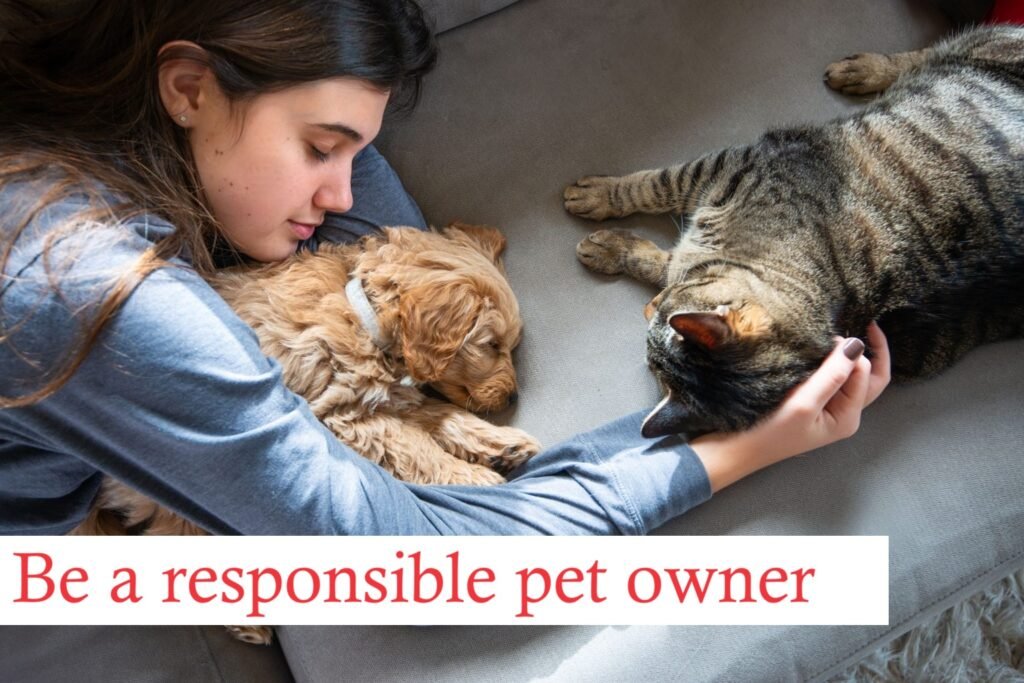Overview of Tabby Cats
| Characteristic | Details |
| Weight | 8-15 pounds (3.6-6.8 kg) |
| Height | 9-10 inches (23-25 cm) |
| Coat Type | Patterns include Mackerel, Classic, Spotted, and Ticked |
| Coat Colors | Brown, gray, orange, silver |
| Eye Color | Green, gold, or copper |
| Personality | Affectionate, intelligent, playful |
| Activity Level | Moderate to high; enjoys play and interaction |
| Grooming Needs | Moderate; regular brushing, especially for long-haired types |
| Health Concerns | Generally healthy; obesity and dental care are important |
| Lifespan | 12-16 years with good care |
A Brief History of Tabby Cats
The term “tabby“ doesn’t refer to a specific breed. Instead, it describes a coat pattern found in various cat breeds, from domestic shorthairs to Persian cats. This pattern has a rich history that dates back thousands of years to the wildcats of the Middle East. Their markings were once a practical feature, serving as camouflage for hunting.
Over time, people began to appreciate these unique markings. Tabby patterns became a symbol of beauty and elegance. Today, you’ll find tabbies in homes all around the world, cherished for their looks and lovable personalities.
“The ‘M’ mark on the forehead of tabby cats has fascinated cat lovers for generations. Many believe it to be a blessing from a wise being in ancient mythology.”
Physical Characteristics of Tabby Cats
Tabby cats have several distinct features that set them apart from other felines.
Size and Weight
Tabby cats are medium-sized, weighing between 8 to 15 pounds. This weight can vary significantly depending on their breed. Some tabbies are compact and muscular, while others might have a more slender frame. Despite their differences, they share a common charm that makes them irresistible.
Coat and Patterns
The most defining feature of a tabby cat is its coat. Tabby cats come in several patterns, including:
| Tabby Pattern | Description |
| Mackerel | Thin, parallel stripes running down the sides, resembling a fish skeleton. |
| Classic | Bold, swirling patterns on the sides, often forming a “bullseye.” |
| Spotted | Large spots scattered across the coat. |
| Ticked | Each hair is banded with different colors, giving the coat a warm glow. |
Tabby cats can come in many colors: brown, gray, orange, and even silver. This variety adds to their charm. The patterns and colors are not just visually appealing but also serve as a reminder of their wild ancestry.
Ears and Eyes
Tabby cats typically have large, expressive eyes. Their eye colors can range from green to gold, and some even have striking copper hues. These captivating eyes can reflect their playful and curious nature.
Their ears are also noteworthy. Generally pointed and slightly larger than those of other cats, tabby cats often have a keen sense of hearing. They can detect even the faintest sounds, a trait inherited from their wild ancestors.
Wrinkles and Features
While tabby cats don’t usually have wrinkles like a Sphynx, they may display some distinctive features depending on their breed. For instance, the British Shorthair has a round face and a broad build, while the Bengal has a sleek, athletic frame.
Personality and Behavior
Tabby cats are known for their affectionate nature. They thrive on companionship and often form strong bonds with their owners. Many tabby cats enjoy following their humans around the house, sitting on laps, and cuddling. This affectionate behavior makes them wonderful pets for families and individuals alike.
- Affectionate: Tabby cats love to be near their humans. They seek attention and enjoy being petted and cuddled. A tabby cat will often curl up beside you on the couch, happy to share your space.
- Playful: They have a playful spirit. Interactive toys, such as feather wands or laser pointers, keep them entertained for hours. Regular playtime is essential to keep them happy and healthy.
- Curious: With their inquisitive nature, tabbies are explorers at heart. They love to investigate every nook and cranny of their environment. Providing them with climbing structures and perches will satisfy their curiosity.
- Intelligent: Tabby cats are intelligent and can be trained to do simple tricks or commands. Positive reinforcement, like treats and praise, encourages good behavior.
“A tabby cat is like a tiny explorer in your home, always discovering new adventures.” _ThePetsPedia.com
Caring for Your Tabby Cat
Taking care of a tabby cat involves meeting their basic needs and keeping them healthy and happy. Here’s how you can ensure your tabby lives a long, fulfilling life.
Grooming Needs
While tabby cats are relatively low-maintenance, regular grooming is essential, especially for long-haired varieties. Here are some grooming tips:
| Grooming Task | Frequency |
| Brushing | At least once a week for short-haired; more frequently for long-haired cats. |
| Bathing | Occasionally, as needed; use gentle cat shampoo. |
| Nail Care | Every 1-2 weeks to prevent overgrowth. |
| Dental Care | Regular dental check-ups and brushing recommended. |
Diet and Nutrition
A well-balanced diet is essential for your tabby’s health. Here are some guidelines:
- High-Quality Cat Food: Choose high-quality commercial cat food formulated for your cat’s age and activity level. Look for a product that lists meat as the first ingredient.
- Wet and Dry Food: Combining wet and dry food can provide hydration and support dental health.
- Portion Control: Measure their food to prevent obesity. Overweight cats can face serious health issues, including diabetes and joint problems.
- Fresh Water: Always ensure your cat has access to clean, fresh water. Hydration is vital for their overall health.
Exercise and Play
Physical activity is crucial for keeping your tabby fit and mentally stimulated. Here’s how to encourage play:
- Interactive Toys: Toys that mimic prey, like feather wands or balls, will engage your cat’s hunting instincts.
- Climbing Structures: Cat trees or shelves offer spaces for climbing and exploration. Cats love to perch high above their surroundings.
- Playtime: Set aside regular play sessions to keep your cat active and happy. Engaging in play strengthens your bond and provides mental stimulation.
Common Health Issues in Tabby Cats
While tabby cats are generally healthy, they can be prone to certain health issues. Regular veterinary check-ups are essential for early detection and management.
| Health Issue | Description |
| Obesity | Monitor weight and encourage active play to prevent obesity. |
| Dental Problems | Regular dental check-ups help prevent tooth decay and gum disease. |
| Heart Conditions | Some tabby breeds may be predisposed to heart issues; monitor health closely. |
| Kidney Disease | Older cats may develop kidney issues; provide plenty of water and a balanced diet. |
Lifespan and Quality of Life
With proper care, tabby cats typically live between 12 to 16 years. Providing a healthy diet, regular veterinary visits, and lots of love can help them enjoy a long and fulfilling life. A happy cat is a healthy cat, so ensure your tabby receives the attention and care it deserves.
Socialization and Training
Socialization is essential for tabby cats. The earlier they are introduced to different people and environments, the better they adapt.
- Early Socialization: Expose your tabby to various sights and sounds during its kitten stage. This helps them become well-adjusted adults.
- Litter Training: Most tabby cats learn to use the litter box quickly. Keeping the litter box clean and accessible encourages good habits.
- Behavioral Training: Use positive reinforcement techniques to train your tabby. They can learn simple tricks and commands, providing mental stimulation and fun bonding time.
Living Standards for Tabby Cats
Tabby cats are best suited for indoor living. Here’s how to create a comfortable environment for your feline friend.
- Safe Environment: Ensure your home is safe and free from hazards. Keep toxic plants and small objects out of reach.
- Warmth: Cats enjoy warmth, so provide cozy spots with soft blankets. Make sure they have a warm place to sleep, especially during colder months.
- Enrichment: Offer various toys and scratching posts to keep them engaged and prevent boredom. Consider a window perch to let them enjoy the outside view.
Conclusion
Tabby cats are not just beautiful; they are loving companions with unique personalities. Understanding their history, characteristics, and care needs will help you provide the best life for your feline friend. With proper care, attention, and love, your tabby cat will be a cherished member of your family for many years.
Whether you’re already a proud owner or planning to adopt, knowing more about tabby cats enriches your experience. They are more than just pets; they are family. So, open your heart and home to a tabby cat. You won’t regret it!



